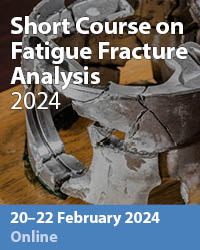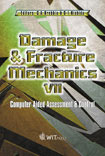The University Of British Columbia Bonded Composite Repair Program: Research Steps Towards Certification
Price
Free (open access)
Transaction
Volume
37
Pages
Published
2002
Size
521 kb
Paper DOI
10.2495/DM020171
Copyright
WIT Press
Author(s)
D P Romilly, R J Clark & A M Albat
Abstract
Due to the need to utilize aircraft beyond their previous design life, industry has increasingly employed damage tolerant methods coupled with engineered inspection and maintenance programs based on risk analysis to manage the life of aging airframes. In support of this change in strategy has been the development of improved inspection and maintenance techniques. Bonded composite repairs offer the potential to stop or slow crack growth in metal aircraft structures. The benefits of a bonded repair over a riveted repair are significant and include improvements in fatigue life, inspectability, and cost. Offsetting these are the problems of performing a damage tolerance analysis of a bonded repair, stringent surface treatment and material controls to achieve bond durability, environmental and loading rate sensitivity of structural adhesives, and possible high thermal residual stresses. The objective of the Bonded Composite Repair Program at the University of British Columbia (UBC-BCRP) is to move this technology towards certification and widespread use by addressing and overcoming these barriers. The research work has developed techniques for evaluation of thermal residual stresses, stresses in the reinforced and patched structure, and stresses in a disbonding repair. This paper highlights some of the experimental and analytical results of this work to date and discusses its significance. This paper also outlines some of the future goals of the program and the potential opportunities in the area of bonded composite repairs.
Keywords





